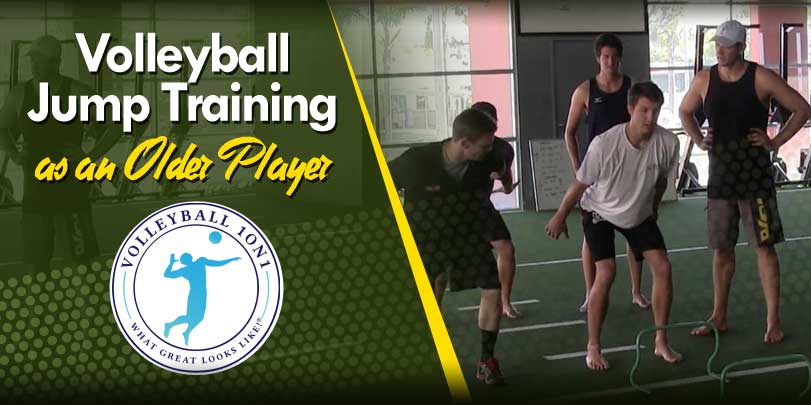This article will review how I improved my jump in my very late 30’s! 🙂 I’m not 40 yet dam it! This article will incorporate jump training programs from some of the best athletic trainers in volleyball globally.
Login
Register


This article will review how I improved my jump in my very late 30’s! 🙂 I’m not 40 yet dam it! This article will incorporate jump training programs from some of the best athletic trainers in volleyball globally.
NCAA champ and founder of Volleyball1on1